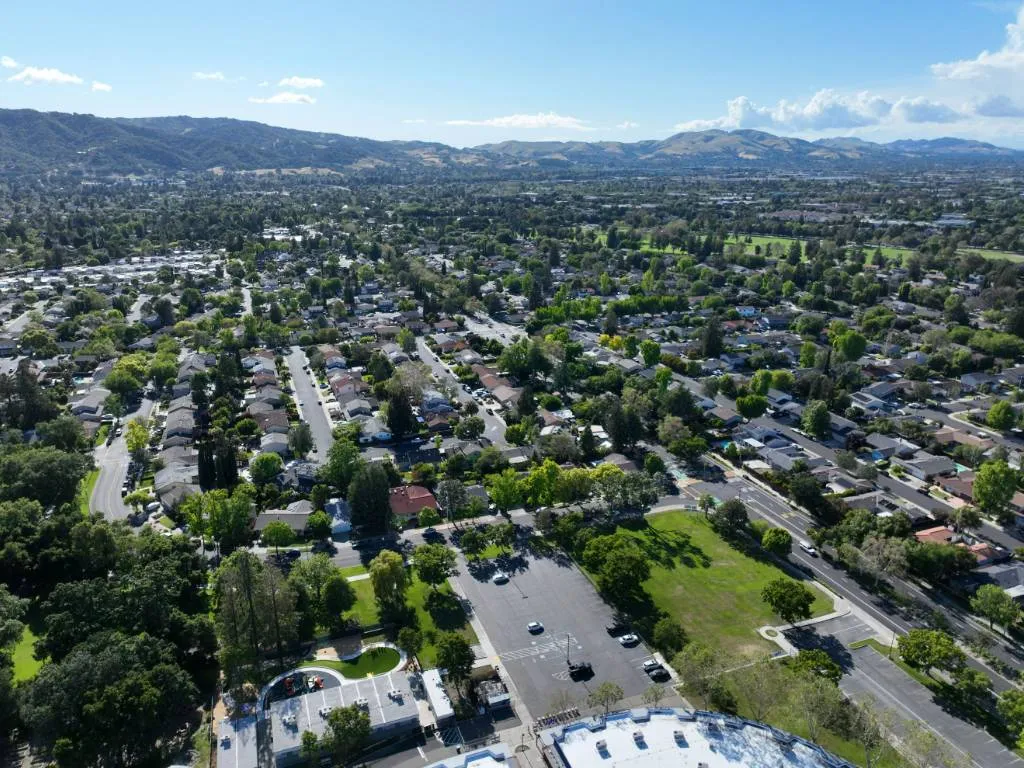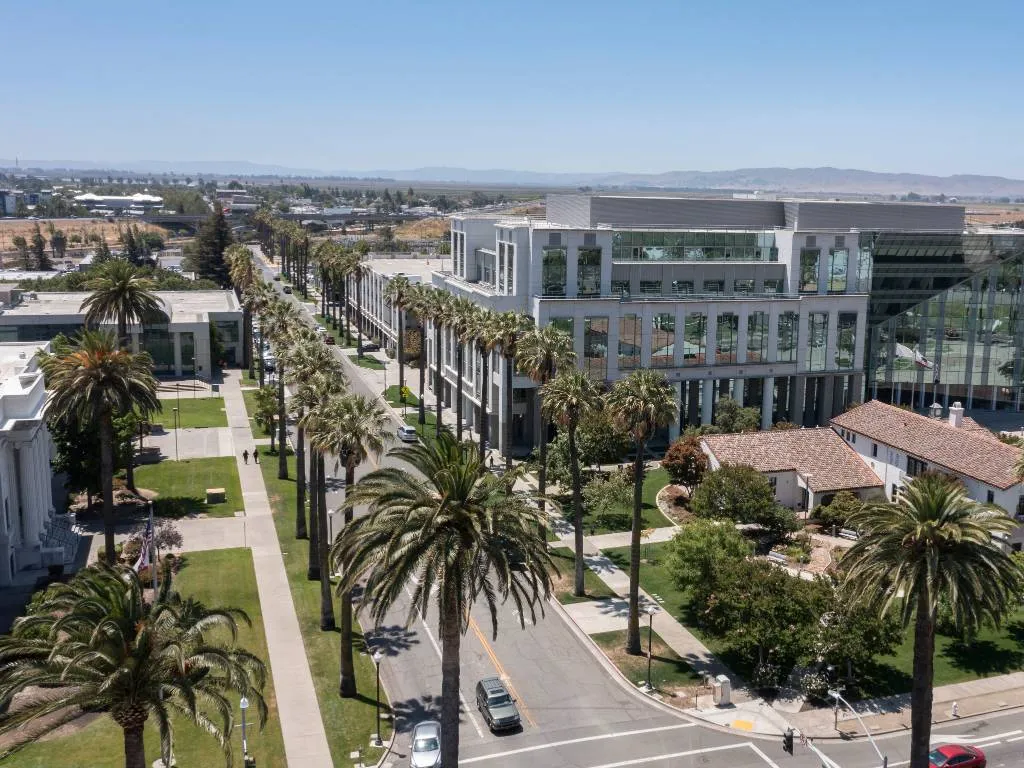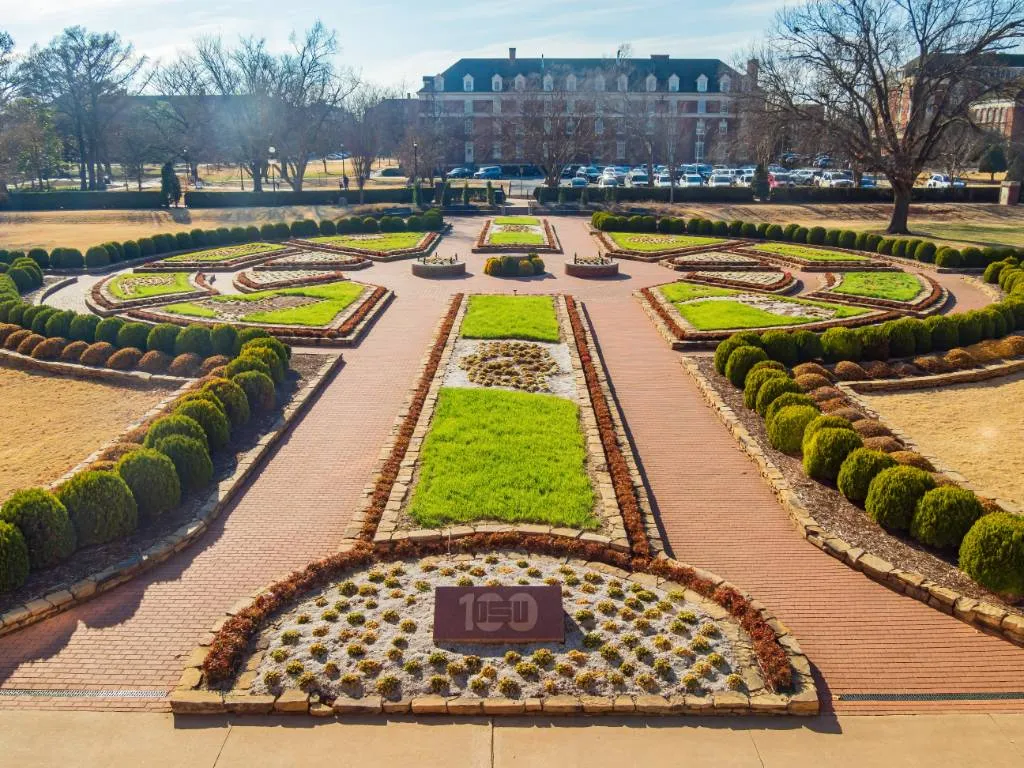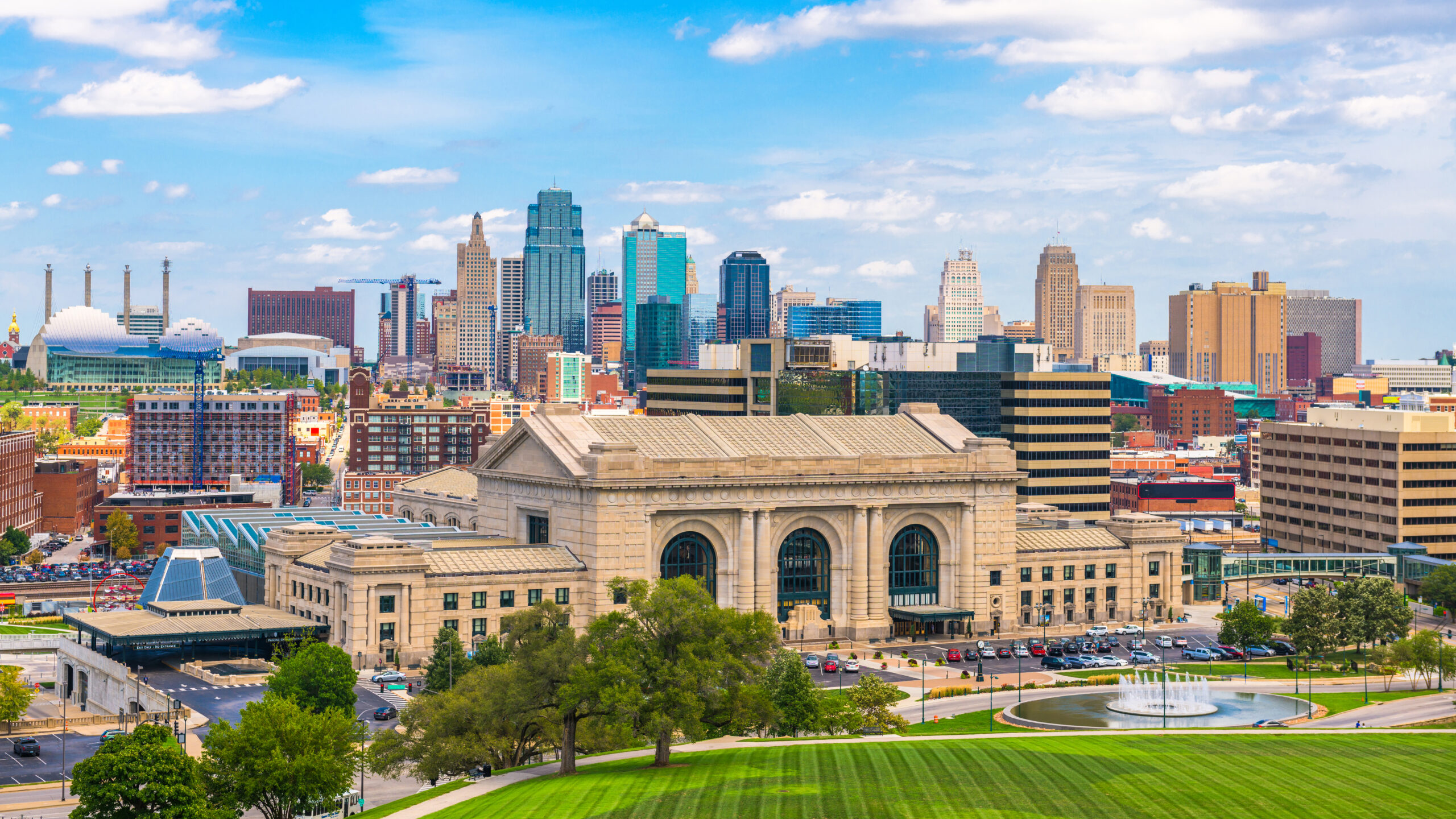8 Things to Know Before Moving to Pleasanton, CA

A city in Alameda County, Pleasanton, is part of the greater San Francisco metropolitan area. Located roughly 30 miles east of San Francisco, it is a bedroom community for both cities. Slightly more than 80,000 people are living in Pleasanton.
Both single people and large families will enjoy life in Pleasanton. In addition to its Mediterranean climate and stunning Bay Area setting, the city is also home to highly regarded educational institutions, a thriving business community, and a wide variety of exciting attractions.
Here are eight things to know before moving to Pleasanton, CA!
1. Downtown Pleasanton is exciting
Just over 80,000 people call Pleasanton home, and they get to enjoy one of the region’s liveliest and most exciting downtown areas. This downtown area has everything you and your family need for a fun outing.
You will find a strong sense of community and a wide variety of attractions here. Almost 700 businesses call this extraordinary location home. Pleasanton also provides a first-rate shopping experience, thanks to its eclectic mix of stores, restaurants, and cafes. All the stores you need, and others just there to entertain you, can be found here.
Salons, spas, boutiques, and family-friendly restaurants abound in this area. You can always find a restaurant in downtown Pleasanton that suits your tastes, as there are many different kinds of restaurants to choose from.
2. It is bike-friendly
Gather together, all you cyclists! In terms of bike infrastructure, Pleasanton ranks high. It is the most bicycle-friendly city in California, making it convenient and secure for locals to go by bicycle.
Many people in Pleasanton ride bikes for fun and as a practical means of getting around. Bicyclists have more freedom of movement than virtually anywhere else in the United States, thanks to the support of the mayor and city council.
The city has passed bike-friendly laws to ensure cyclists’ safety and legitimize cycling as a viable mode of urban transit.
3. It has some of the best schools in California
When it comes to public education, Pleasanton has some of the best options in all of California. The city has two of the best high schools in the country, and they really go above and beyond to prepare their students for college.
Both Amador Valley and Foothill High School were named among the top 400 high schools in the United States by Newsweek magazine.
A dedicated teaching staff is largely responsible for the success of Pleasanton’s public school system. Teachers in Pleasanton have put in long hours to guarantee their pupils are not just prepared academically for the next level but also for the responsibilities of adulthood. They earn an average of nearly $80,000 per year, placing them among the highest-paid in the country.
4. Eat at Pastas Trattoria or Salt Craft
Pastas Trattoria, located in the heart of downtown Pleasanton, is a family-run restaurant that has been providing patrons with delicious Italian cuisine for over 20 years. Outdoor seating is offered for the daily lunch and supper service.
In his downtown Pleasanton farm-to-table restaurant Salt Craft, the head chef prepares comfort food in an open kitchen. The ambiance is relaxed, the staff is helpful, and the cuisine is excellent.
Breakfast, brunch, lunch, and dinner are all available at Nonni’s Bistro in Pleasanton. Main meals, including grilled salmon, filet mignon au Poivre, and grilled maple leaf duck breast, can be found with a variety of soups, salads, and desserts on the extensive menu.
5. Get a job in major firms
Pleasanton is conveniently close to the major business markets of Silicon Valley, San Francisco, and the Central Valley because of its location at the crossroads of Interstates 580 and 680.
More than 4,000 organizations call Pleasanton home, ranging from Fortune 500 corporations to small startups. There are almost 15 million square feet of office and industrial space, housing businesses in fields as diverse as software development, biotechnology, and professional services.
Hacienda Business Park, located in the heart of the city, is home to a number of companies thanks to its 850 acres of adaptable space and wired infrastructure.
6. Learn about the city’s history at the Museum on Main
Explore the past of Pleasanton at the Museum on Main. The Museum on Main, conveniently located in the heart of Pleasanton, presents exhibits that explore the region’s past.
The museum’s 1914 structure displays several artifacts that shed light on diverse issues like the region’s industrial past, its culinary traditions, its athletic achievements, and its Native American heritage. A number of multimedia presentations are also included.
7. It doesn’t snow in Pleasanton
Pleasanton has hot, dry, mainly clear summers and short, chilly, rainy, partly cloudy winters. The annual average temperature is around 86 degrees and rarely drops below 32 degrees or rises over 97 degrees.
From June 12th to October 6th, the average daily high temperature is over 80 degrees Fahrenheit; this is the hot season. July has the highest average temperature in Pleasanton, at 85 degrees Fahrenheit, and the lowest, at 58 degrees.
From November 26th to February 23rd, during the chilly season, average daily highs are below 62 degrees Fahrenheit. January is the coldest month in Pleasanton, with an average temperature range of 41°F to 58°F. Leave your snow shovels at home; it seldom ever snows in this city.
8. A cost of living index of 228.
Pleasanton has a cost of living index of 228. Overall, the cost of living in Pleasanton is 228% more than the U.S. average, with housing costs being the largest contributor at a whopping 218%.
Compared to the rest of the country, costs associated with transportation (such as bus fares and gas prices) are 34% higher. The city’s median home price is $1,522,473. It’s safe to say that living in Pleasanton doesn’t come cheap.
Final Thoughts
If you’re looking for a new and exciting place to call home, Pleasanton should be at the top of your list. The city provides a high quality of life due to its excellent educational opportunities, beautiful parks, and unique downtown shopping. However, the city’s cost of living should be considered before making the move.






